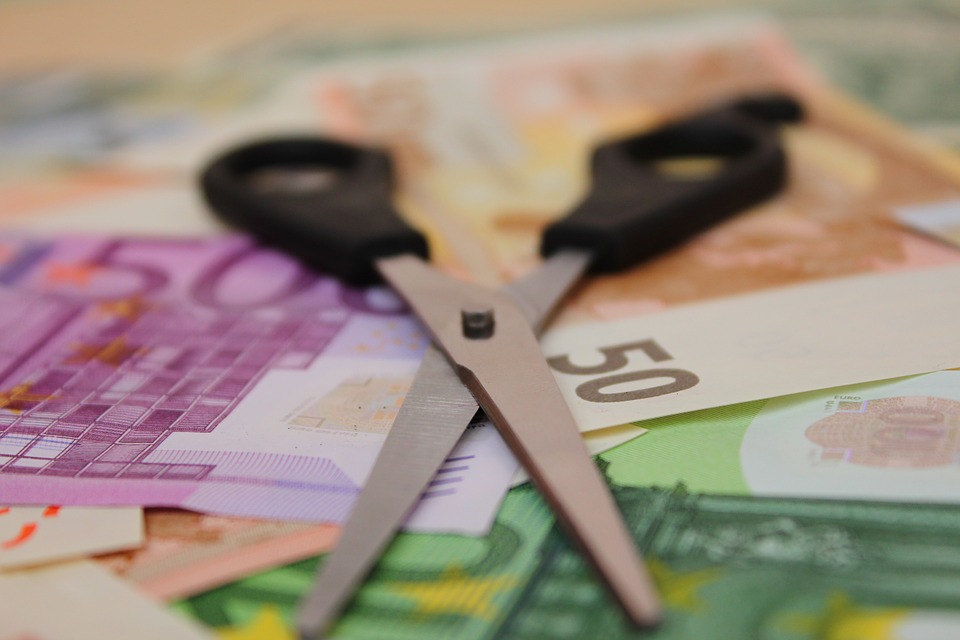
Investors do not typically choose their investments based on their potential tax liability. However, during the tax filing season, all your investments and dividends will now play a part in defining your income tax liability as they impact your tax bracket. If you are investing, be sure to reach out to your tax professional or accountant, such as EB TAX CONSULTANTS in BROOKLYN, NY, who can answer your questions regarding tax rates for your specific investments. The question is how are dividends taxed? What is the typical rate?
'
What is a Dividend Tax?
The dividend tax is the one most commonly paid by investors, no matter how big or small the investment may be. However, most investors are not as well versed in how this tax works. Even specific dividend rates are not necessarily well understood. Since most investors are income driven, understanding these pieces of information can assist you in understanding how your tax liability is derived.
Dividend income has been defined as any taxable distributions not treated as long-term capital gain. Thus, dividend tax is commonly paid on all distributions from regular C corporations to investors. Virtually all shares of stock are going to fall into this group.
There are several categories that dividend tax that dividend payments can fall into. The first is qualified dividends. These are ordinary dividends that are held for more than 60 days during the 121-day period that begins 60 days before the ex-dividend rate. As a result, these dividends are taxed at the qualified dividend tax rate, which falls into a specific range depending upon the income tax bracket of the investor themselves. Often, this is referred to as the capital gains tax rate.
Once an investor’s personal income tax bracket reaches 25% or higher, they will pay the higher dividend tax on their qualified dividends. The lower your income tax bracket, the more likely you will fall closer to the lower dividend tax rate. These rates may be different each year based on the applicable current tax rates. Check with your tax professional or accountant to determine where you fall in the range based on your income tax bracket.
Non-qualified dividends are different, because they do not meet the definition of a qualified dividend. Therefore, the dividend tax for these dividends is going to match your personal income tax bracket. As a result, if you have a higher personal income tax bracket, you will pay a higher tax on these specific dividends.
Reporting Dividends on Your Return
Dividends are typically reported to investors using a 1099 DIV from the corporation, mutual fund or broker in charge of the investment. This form will give you all the information you need to complete your tax return. The various boxes on that form are explained below:
During the reporting process, you will also be completing Schedule B. This is a supplemental tax form that is used to list both interest and dividend income from all the 1099 DIV. However, this form does not need to be completed if you receive less than $1,500 in interest and dividend income. Even if you do not reach the $1,500, using the Schedule B to tally up your information is one way to make sure you have the right information for your 1040 tax filing. Here is where you will report the dividend income on your tax return.
Keep in mind that you want to reference the Qualified Dividends and Capital Gain Tax Worksheet found within the instructions for the 1040 tax return to calculate your qualified dividends tax at the preferred tax rates. By working with your accountant or tax professional, you can be sure to accurately report your dividend income. In addition, you will understand exactly how much you owe in terms of tax liability for these investments.
Call or click on the link below to contact one of the professionals at EB TAX CONSULTANTS in BROOKLYN, NY, and they can assist you in determining your tax liability for your dividends, as well as identifying which dividends fall into which categories for tax purposes.
ERNIE BUSTAMANTE|
|
